Monday, November 16. 2015
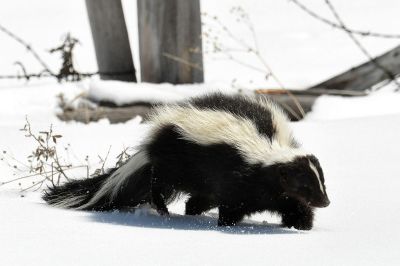 I almost tripped over a big fat Striped Skunk in my gym's parking lot before dawn last week. I was lucky not to alarm him, and he just scurried away. I almost tripped over a big fat Striped Skunk in my gym's parking lot before dawn last week. I was lucky not to alarm him, and he just scurried away.
About the Striped Skunk
Wednesday, November 4. 2015
Wednesday, October 21. 2015
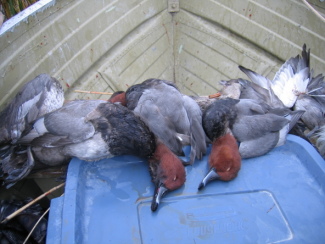 Since you are so interested, here are the species we shot last week in Manitoba, and which now reside in the freezer: Shoveler ("Smilin' Mallard"), Bluebill, lots of Redheads, Canvasback, Mallard, Gadwall, Wigeon, Pintail, and Canada Goose. Since you are so interested, here are the species we shot last week in Manitoba, and which now reside in the freezer: Shoveler ("Smilin' Mallard"), Bluebill, lots of Redheads, Canvasback, Mallard, Gadwall, Wigeon, Pintail, and Canada Goose.
The limit in Manitoba is 8/day, any species of duck.
We also had some luck with Ruffed and Sharptail Grouse. I do love huntin' the grousies because you get to walk all day in beautiful places.
Photo of a few handsome Redheads - they taste as good as Canvasback. Tip for fellow duck hunters: forget steel shot. It often cripples and does not kill cleanly. Use heavy-shot or bismuth or anything else -our wonderful ducks deserve the best, despite the expense. I am through with steel shot for ducks and goose forever, as of now.
Monday, October 19. 2015
Birding is America's second-fastest growing hobby. It's a lot like hunting, but with binoculars. Most birders are not competitors like the ones described: most are people like me who just like to know what's around them and who like to walk and clamber around outdoors. I don't even keep lists anymore, and just enjoy seeing the critters.
It's the beginning, or middle, of hawk migration season in North America, and there are always plenty to be seen on the ridges and shorelines of the Northeast.
Bird guides are not too useful for identifying migrating buteos, eagles, ospreys, falcons, and accipters because the light in nature is rarely perfect, the birds can be quite high and in just dark silhouette, the birds can be immature birds of the year, they could be color morphs, or they might dash past low (like a Sharpie or a Cooper's) without time to get a good diagnosis.
It takes time with an expert to get the hang of it and to get the feel for specific hawks but in time anybody can learn to recognize them as easily as recognizing people.
These three are easy because their details are so well-illuminated in these pics, and because they are not flying at altitudes of 1000-2000 feet as they often do:
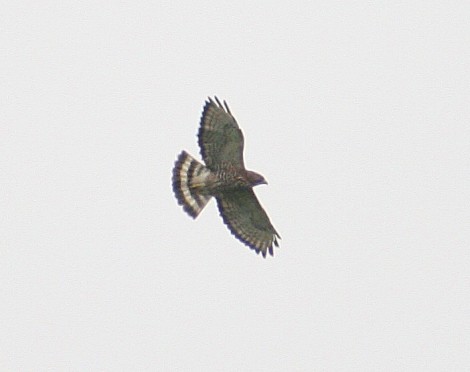
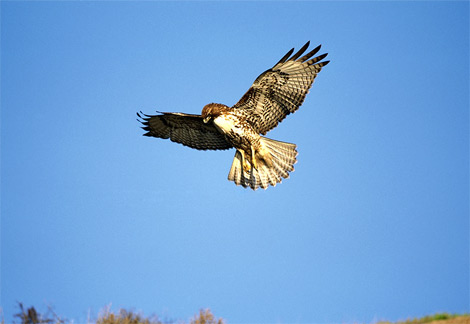
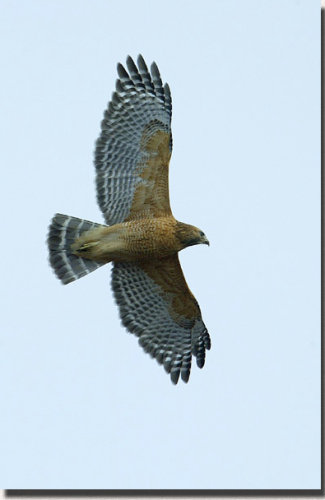
In New England, the most common migrating raptor is the Broad Wing, but I rarely see them in breeding season. They seem to hunker down quietly in the woods, like Cooper's, and hunt from a perch. Kettles of Broad Wings can number in the thousands as they ride the thermals to South America for the winter.
Tuesday, September 29. 2015
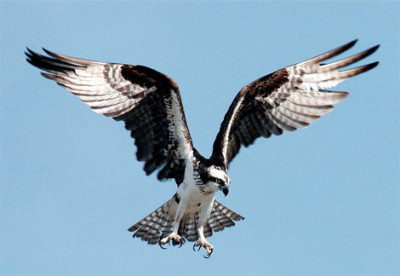 A like totally cool site, BirdCast, from the Cornell Lab of Ornithology. A like totally cool site, BirdCast, from the Cornell Lab of Ornithology.
We take the fall and spring migrations for granted, but they are in fact miraculous feats and remarkable adaptations to the climate changes of the ice age era (which we are still in today - and have been for 2.6 million years with lulls and expansions of northern hemisphere ice. If you can apply "normal," this planet normally has no ice).
Sunday, September 27. 2015
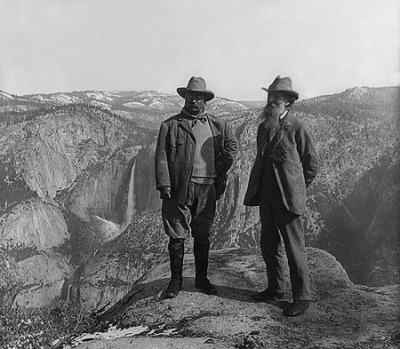 Ralph Waldo Emerson, an important American figure who I find almost impossible to read, took a train out west partly to visit John Muir. Ralph Waldo Emerson, an important American figure who I find almost impossible to read, took a train out west partly to visit John Muir.
Emerson was Muir's hero. However, the elderly Emerson, the author of Nature, had no interest in going into the woods with Muir. I think nature was an idea for Emerson, not experienced outside of a park or a farm. For Muir, of course, wilderness was religion.
Life – and Emerson – tried to lure the naturalist John Muir back to the world. But his home was always the American wild.
Pic: Muir with Teddy Roosevelt in Yosemite, 1906.
Wednesday, July 22. 2015
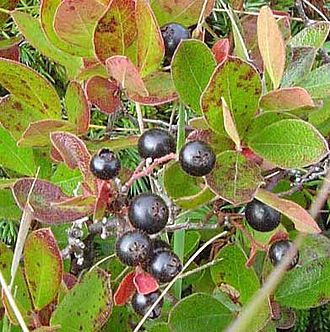 Reader brought up the topic. I've seen patches of what we called Huckleberries growing on field edges in New England. Never tried to eat one and never heard of people picking them. Next time I see some, I'll try them before the grouse get them. Reader brought up the topic. I've seen patches of what we called Huckleberries growing on field edges in New England. Never tried to eat one and never heard of people picking them. Next time I see some, I'll try them before the grouse get them.
There are several plants around the country which people term Huckleberries.
At some point, Huckleberry became a term of affection.
Wiki on Huckleberries
Where Do Huckleberries Grow?
Saturday, July 4. 2015
Get all the trees, put 'em in a tree museum...iPhone pic sent from a BD daughter yesterday from the Muir Woods in Mill Valley. A magnificent country, isn't it?
A Teddy Roosevelt quote: "When I am here in California, I am not in the West. I am west of the West."
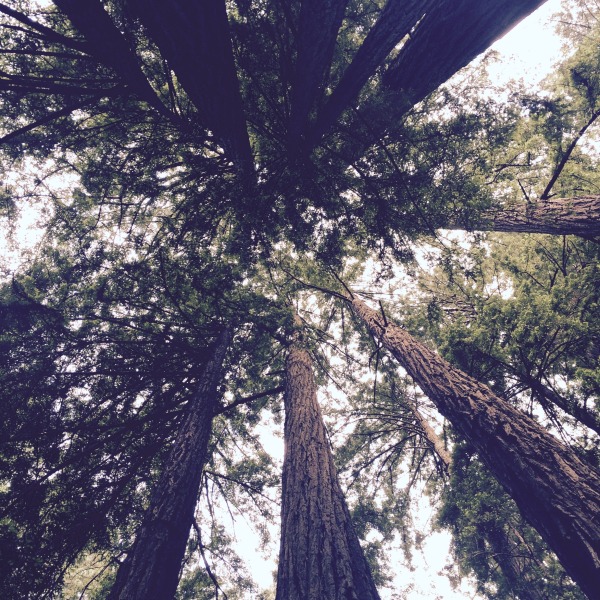
Wednesday, June 17. 2015
Old log cabin is older (1876) than the young Sequoia gigantea (c.1895) - note c.1885 photo before the sequoia was planted.
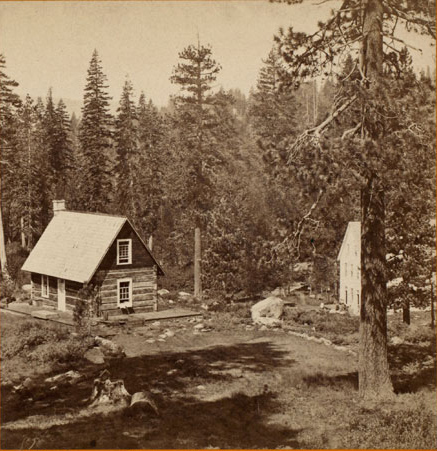
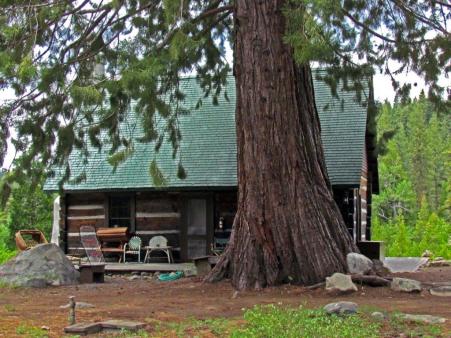
Giant sequoias grow to an average height of 250 to 275 feet (76-84 m) and 15 to 20 feet (5-7 m) d.b.h. Record trees have been reported to be 310 feet (95 m) in height and 35 feet (11m) d.b.h. The leaves are awl-shaped,sessile, and persistent. Seed cones are 2 to 3 inches (5-8cm) long, serotinous, persistent, and may remain green up to 20 years. Bark is fibrous, furrowed, and may be 2 feet (0.6 m) thick at the base of the columnar trunk. The oldest known giant sequoia based on ring count is 3,200 years old.
Sunday, June 7. 2015
Mountains are gorgeous! Not used to Spring greenery out here in the Sierras. Some rain, which is blessing - the Pacific currents re now favoring us!
The photo is the largest clump we have seen in many decades of the rare Snow Plant (Sarcodes sanguinea) which grows in the thick humus of coniferous forests between 4,000-8,000 feet after the snow melts. We saw these at 7,100 feet on the road to our cabin. It is a root parasite, fleshy and nonphotosynthetic!
“Few plants attract the attention of visitors as much as the fabled snow plant does. Can anyone with a camera resist taking a photo? This root parasite has specialized roots that invade other species through associated mycorrhizal fungi and obtains its nutrients from them.” - Wildflowers of California
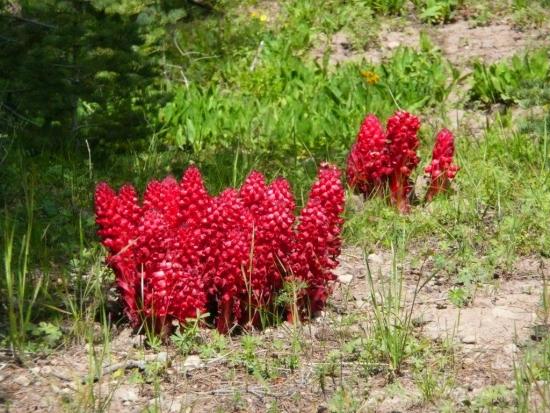
Friday, June 5. 2015
I will have my Cumberland Island travelogue photos ready soon, but somebody mentioned Little Saint Simons Island to me at a big social event last night, so I thought it might be time for a plug for them. Not that they need it. I posted my own pics etc, previously. LSS does have skeeters, sometimes to an unpleasant extent but not as bad as the Everglades. Bugs there are insane.
You may have heard the recent news that the owners of Little St. Simons Island donated a conservation easement to The Nature Conservancy on the entire 11,000 + acre island. For you, our longtime guests and supporters, we're happy to report that you will be unlikely to notice any changes, but we hope you'll celebrate with us knowing that one of the most significant natural areas on the southeastern coast has been preserved for perpetuity.
Yes, that would be the prosperous Mr. Paulson who just gave a half-billion to Harvard. It's my kind of rustic place with Southern food. These two pics are their own photos.
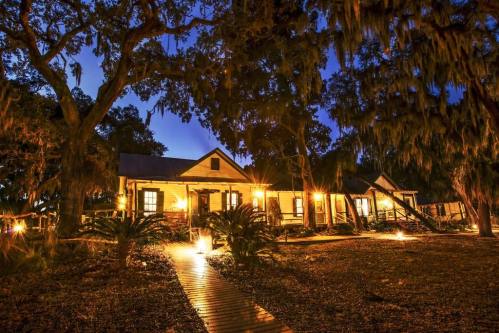
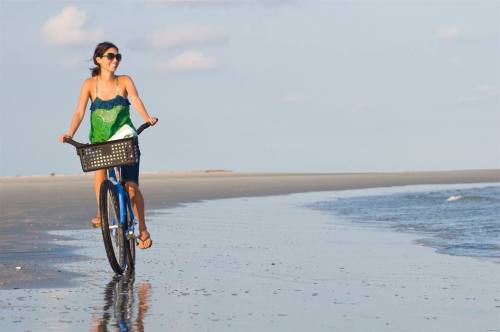
Tuesday, May 12. 2015
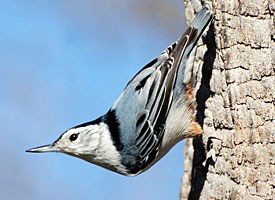 These little guys are found across the US and southern Canada, mostly in deciduous woodlands.We have a pair nesting somewhere nearby, but you never see their nests, which are high and in small holes. These little guys are found across the US and southern Canada, mostly in deciduous woodlands.We have a pair nesting somewhere nearby, but you never see their nests, which are high and in small holes.
They pretty much always walk headfirst down a tree.
White-breasted Nuthatch
Friday, April 24. 2015
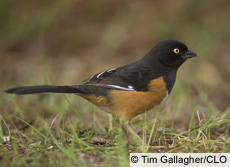 Here in New England, the spring migration is underway. Blackbirds came a month ago, and are still passing through, but the hardy songbirds are beginning to show up despite yesterday's light snow. Here in New England, the spring migration is underway. Blackbirds came a month ago, and are still passing through, but the hardy songbirds are beginning to show up despite yesterday's light snow.
The Juncos headed north a couple of weeks ago, and now most of the White Throats have left too. I heard the first Towhee of the Spring this morning.
How quick can bird migration be? Brazil to Pennsylvania in 13 days.
Photo is our Eastern Towhee. Unmistakable, loud call, "Drink your teeeee." Saw my first of the season yesterday, scratching under my feeder. Love those guys.
Here's a chilly male Cardinal. Due to global warming, it was a wicked winter and a cold early Spring this year.
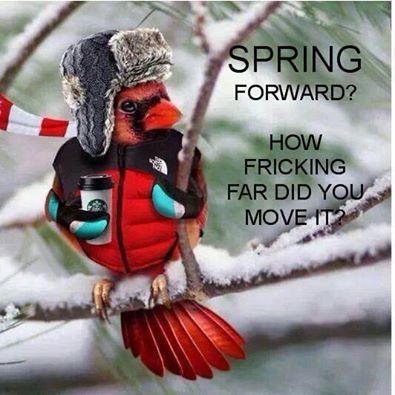
Friday, March 13. 2015
 Since renowned philosopher Roger Scruton has a place in the Maggie's Farm pantheon of thinkers, I suspect that it will be good: How to Think Seriously About the Planet: The Case for an Environmental Conservatism (Oxford University Press). Since renowned philosopher Roger Scruton has a place in the Maggie's Farm pantheon of thinkers, I suspect that it will be good: How to Think Seriously About the Planet: The Case for an Environmental Conservatism (Oxford University Press).
Hayward discusses here.
Readers know that we Farmers are not Gaia worshippers or fanatics. We are old-fashioned Conservationists, mostly outdoor people, with respect for God's creation and its critters. We don't just talk the talk, we walk the walk when it comes to protection of land.
We burn carbon, too, in all forms. Good stuff to burn. Wood stoves, fireplaces, tractors, boats, furnace, etc.
Thursday, March 12. 2015
Usually we begin to see the first flocks of northward-headed blackbirds in New England around Feb 15, but in recent years their arrivals are later and later. This year, the first wave arrived here yesterday.
"Blackbird" isn't a species - it's a category. Around here, it is mainly Red Wing Blackbirds and Common Grackle, who have spent their winter in the southern US and are headed for the marshy breeding grounds in the northern US and Canada. Very early migrators, they don't seem to mind nasty weather as long as it does not persist. (In the midwest and west, there are other species of Blackbirds.)
Photo below of male Red Wings. The females are an inconspicuous brown. In spring, the males get up on a branch, flash their red epaulets, and crow, in their territorial ritual, while the drab females skulk around and build nests in the rushes.
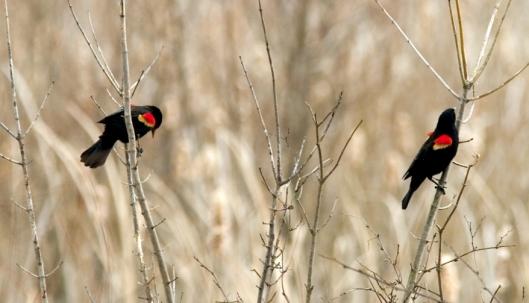
Tuesday, March 3. 2015
I was thrilled and surprised to see one pass by this week, low over my garden. Must be cold up north. I am sure he or she is hurrying north to nest in the snow.
Reposted -
The Snowy Owl breeds around the world at the northern edge of the tundra. Depending on food supply (lemmings and similar rodents), they regularly migrate further south during the winter.
I have only seen a handful of them in New England although they are regular visitors to tundra-like, wide-open places in New England and other areas of the northern US: golf courses, marshes, beaches, large fields and meadows. The last one I saw was sitting on a snow-covered sand dune in Montauk, L.I., but I have seen them perched on farmhouse roofs. They are diurnal owls, and usually perch on a high spot to watch for the movement of little critters.
You can read more about the Snowy Owl here.
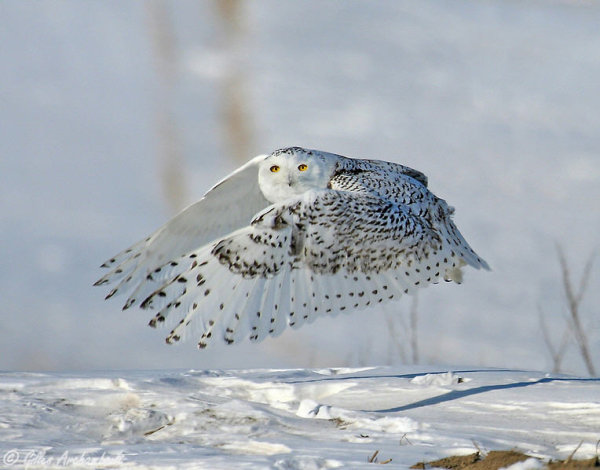
Monday, February 9. 2015
Mostly old friends:
Tree Sparrow
Cardinal
Slate-Colored Junco
Mockingbird
Song Sparrow
Blue Jay
Downy Woodpecker
damn English Sparrows
White Throated Sparrow
Great Horned Owl (heard early)
Mourning Doves
Chipping Sparrow
Chickadee
Carolina Wren
and a new friend, a Brown Thrasher, one of my favorite birds. He's a little early to be here, but using his strong beak to punch holes in the snow to find birdseed.
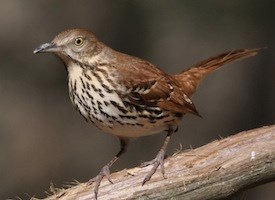
Sunday, February 8. 2015
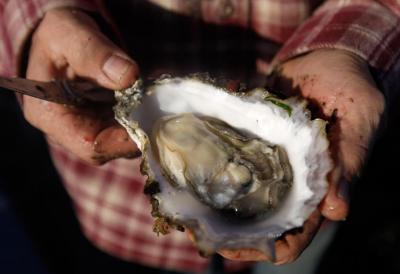 The Oyster Shell Game: The Oyster Shell Game:
After seven years of political and legal battles that have grown into one of the ugliest environmental fights in the country, this was the end of the line for Lunny’s oyster farm. "It's been a terrible time," said Lunny, who still lives on the nearby cattle ranch where he grew up and where his grandfather started a dairy farm in 1947. The forced closure of the oyster company marks the end, after almost 80 years, of modern shellfish farming in Drakes Estero, the tidal estuary that lies at the center of the dispute...
One good guy vs the government. Guy loses.
Thursday, January 29. 2015
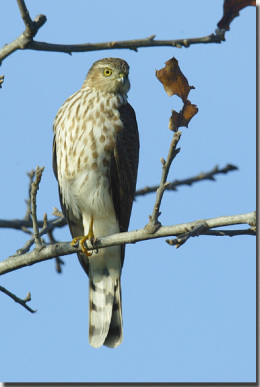 Often, as my Mom taught me, the best way to observe nature is just to sit in the woods or meadows silently and inconspicuously for an hour or two. Things will happen. A Box Turtle will wobble past. An upwind fawn will walk ten feet from you. A Redtail will dive on a mouse. A Blacksnake will slither over your warm Wellies. Dragonflies and butterflies will perch on your hat. A Marsh Hawk will pass just over your head, startling you. Often, as my Mom taught me, the best way to observe nature is just to sit in the woods or meadows silently and inconspicuously for an hour or two. Things will happen. A Box Turtle will wobble past. An upwind fawn will walk ten feet from you. A Redtail will dive on a mouse. A Blacksnake will slither over your warm Wellies. Dragonflies and butterflies will perch on your hat. A Marsh Hawk will pass just over your head, startling you.
A lot of quiet outdoor sitting takes place on deer stands, in duck blinds, etc.
Yesterday, I watched from my office window, a Sharpie attacking sparrows 5 or 10 feet from my window. That's not unusual. What I had never seen before was the frustrated Sharpie just settle on the ground and to begin stalking the sparrows on foot through the hollies where they had fled for safety. He walked with a long slow stride, very alert, just like a Velociraptor.
Have you ever seen that?
After a few minutes of stalking, he somehow flushed a flock of about ten sparrows from a holly and tore off after one. I couldn't see whether he was successful. Wish I had taken a photo.
Thursday, January 8. 2015
Around here, there are three bird species which annoy the heck out of me. They especially annoy me in winter, because they eat most of the bird food I put out to attract native winter visitors from Canada.
The three are The English Sparrow, aka House Sparrow (really a finch), imported from England
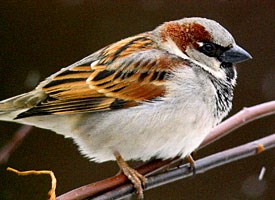
The House Finch (not to be confused with the Purple Finch), imported from southern California and Mexico

and the European Starling, imported from England - no photo needed I am sure. The only good use for these three species is to feed migrating falcons and Sharpies, and to provide target practice for kids with BB guns and .22s.
Sunday, December 28. 2014
Not many interesting birds around thus far this winter, but a Red Tail Hawk has been screaming at me all day from the top of a Sugar Maple. I've been hauling firewood, which seems to annoy. My regular Great Horned Owls are of course hooting each morning at 4:30.
Which reminds me that on Christmas afternoon a Bald Eagle flew right over my roof. Not an everyday occurrence here. I mentioned it to Mrs. BD and she said "Oh yeah, they have been nesting down on --- Road this summer. Watched them raising their chicks every morning on my morning exercise walk with friends."
Sheesh. Could have mentioned that to me. I, the Bird Dog, would have been interested.
Wonderful to see those big fish eagles coming back. I didn't think it could happen, but then I never expected the Ospreys to come back so strongly either. Or, God knows, the Wild Turkeys. The resilience of nature is a wonder.
Friday, October 17. 2014
A final batch of my pal's pics from his trip to Zambia in August. I requested some pics from town and city but he says they spent their entire trip in tents in wilderness with native guides.
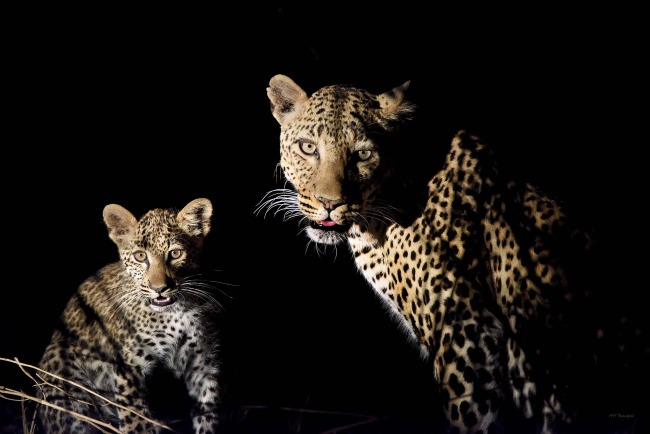
More below the fold -
Continue reading "Final batch"
Thursday, October 9. 2014
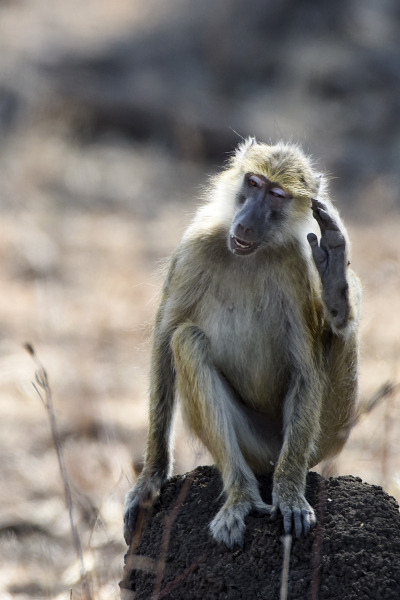 My pal who returned from a couple of weeks in Zambia is quite the wildlife photographer. My pal who returned from a couple of weeks in Zambia is quite the wildlife photographer.
Wish he had included photos of the people, town life, etc., but these are wonderful.
More pics below the fold -
Continue reading "More Zambia wildlife"
Sunday, September 21. 2014
At Aeon, Earth is not a garden - Some of the world’s most powerful conservationists are giving up on wilderness. They are making a big mistake. A quote:
The garden metaphor is particularly loaded. A garden is not an ethical place. Life and death occurs at a gardener’s caprice. Plant or cut, tend or kill, include or exclude: it’s an exercise of morally unconstrained will, fine in a backyard but requiring boundaries both literal and philosophical. ‘Once we shift to a gardener’s mindset, it gives us too much freedom to do whatever we want,’ says the bioethicist Gregory Kaebnick. ‘And I’m speaking as an avid gardener.’
In a garden, there isn’t necessarily a sense that life has any value apart from what we assign. Neither individual beings nor larger entities – populations, communities, species, ecological processes – are intrinsically worthy of respect. The gardener ethic can’t account for that. What Leopold so eloquently advised, that we think of ourselves not as conquerors of life’s communities but as ‘plain members and citizens’, goes out the window.
Wednesday, September 3. 2014
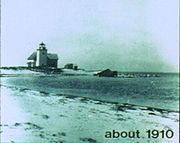 Nature's alterations to the landscape never end, and mankind gets in the way. Nature's alterations to the landscape never end, and mankind gets in the way.
Billingsgate Island, once the site of a lighthouse, a school, and over 30 houses, is now Billingsgate Shoal. It used to be a popular picnic destination, big clambakes.
Some of it is above water now, during low tides. Best explanation I've heard is that destroying the salt marshes that protected it from Cape Cod Bay (for salt hay to feed the critters) is what destroyed it.
This photo shows what agriculture and deforestation (by the Indians and then by the Europeans with their farms and cattle) did to the soil of the outer Cape: it's down to sand and sweet-smelling scrub now:
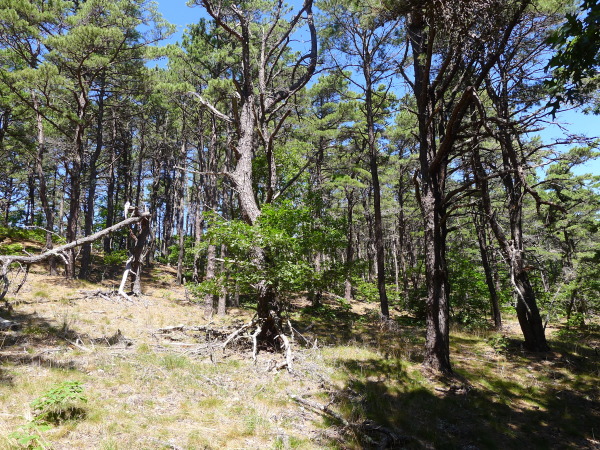
Interesting piece on the topic below the fold -
Continue reading "Man vs. nature on Cape Cod"
|
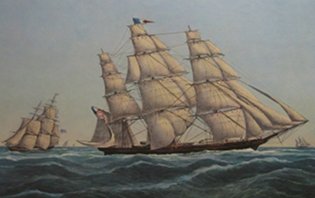

 I almost tripped over a big fat Striped Skunk in my gym's parking lot before dawn last week. I was lucky not to alarm him, and he just scurried away.
I almost tripped over a big fat Striped Skunk in my gym's parking lot before dawn last week. I was lucky not to alarm him, and he just scurried away. Since you are so interested, here are the species we shot last week in Manitoba, and which now reside in the freezer: Shoveler ("Smilin' Mallard"), Bluebill, lots of Redheads, Canvasback, Mallard, Gadwall, Wigeon, Pintail, and Canada Goose.
Since you are so interested, here are the species we shot last week in Manitoba, and which now reside in the freezer: Shoveler ("Smilin' Mallard"), Bluebill, lots of Redheads, Canvasback, Mallard, Gadwall, Wigeon, Pintail, and Canada Goose. 


 A like totally cool site,
A like totally cool site, Ralph Waldo Emerson,
Ralph Waldo Emerson, Reader brought up the topic. I've seen patches of what we called Huckleberries growing on field edges in New England. Never tried to eat one and never heard of people picking them. Next time I see some, I'll try them before the grouse get them.
Reader brought up the topic. I've seen patches of what we called Huckleberries growing on field edges in New England. Never tried to eat one and never heard of people picking them. Next time I see some, I'll try them before the grouse get them.




 These little guys are found across the US and southern Canada, mostly in deciduous woodlands.We have a pair nesting somewhere nearby, but you never see their nests, which are high and in small holes.
These little guys are found across the US and southern Canada, mostly in deciduous woodlands.We have a pair nesting somewhere nearby, but you never see their nests, which are high and in small holes. Here in New England, the spring migration is underway. Blackbirds came a month ago, and are still passing through, but the hardy songbirds are beginning to show up despite yesterday's light snow.
Here in New England, the spring migration is underway. Blackbirds came a month ago, and are still passing through, but the hardy songbirds are beginning to show up despite yesterday's light snow.
 Since renowned philosopher Roger Scruton has a place in the Maggie's Farm pantheon of thinkers, I suspect that it will be good:
Since renowned philosopher Roger Scruton has a place in the Maggie's Farm pantheon of thinkers, I suspect that it will be good: 


 The Oyster Shell Game:
The Oyster Shell Game: Often, as my Mom taught me, the best way to observe nature is just to sit in the woods or meadows silently and inconspicuously for an hour or two. Things will happen. A Box Turtle will wobble past. An upwind fawn will walk ten feet from you. A Redtail will dive on a mouse. A Blacksnake will slither over your warm Wellies. Dragonflies and butterflies will perch on your hat. A Marsh Hawk will pass just over your head, startling you.
Often, as my Mom taught me, the best way to observe nature is just to sit in the woods or meadows silently and inconspicuously for an hour or two. Things will happen. A Box Turtle will wobble past. An upwind fawn will walk ten feet from you. A Redtail will dive on a mouse. A Blacksnake will slither over your warm Wellies. Dragonflies and butterflies will perch on your hat. A Marsh Hawk will pass just over your head, startling you.


 My pal who returned from a couple of weeks in Zambia is quite the wildlife photographer.
My pal who returned from a couple of weeks in Zambia is quite the wildlife photographer. Nature's alterations to the landscape never end, and mankind gets in the way.
Nature's alterations to the landscape never end, and mankind gets in the way.